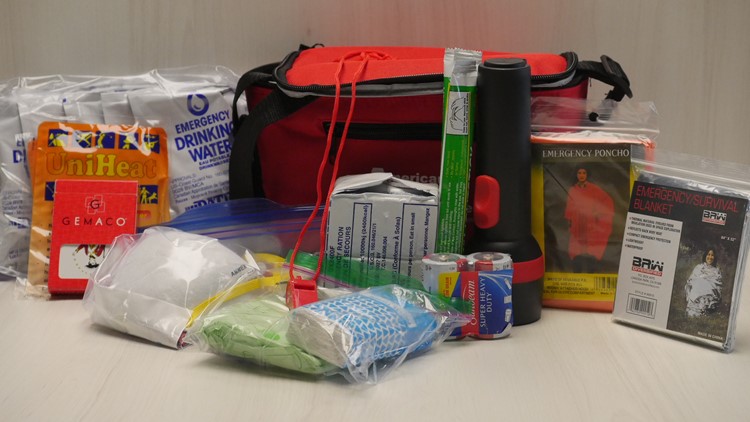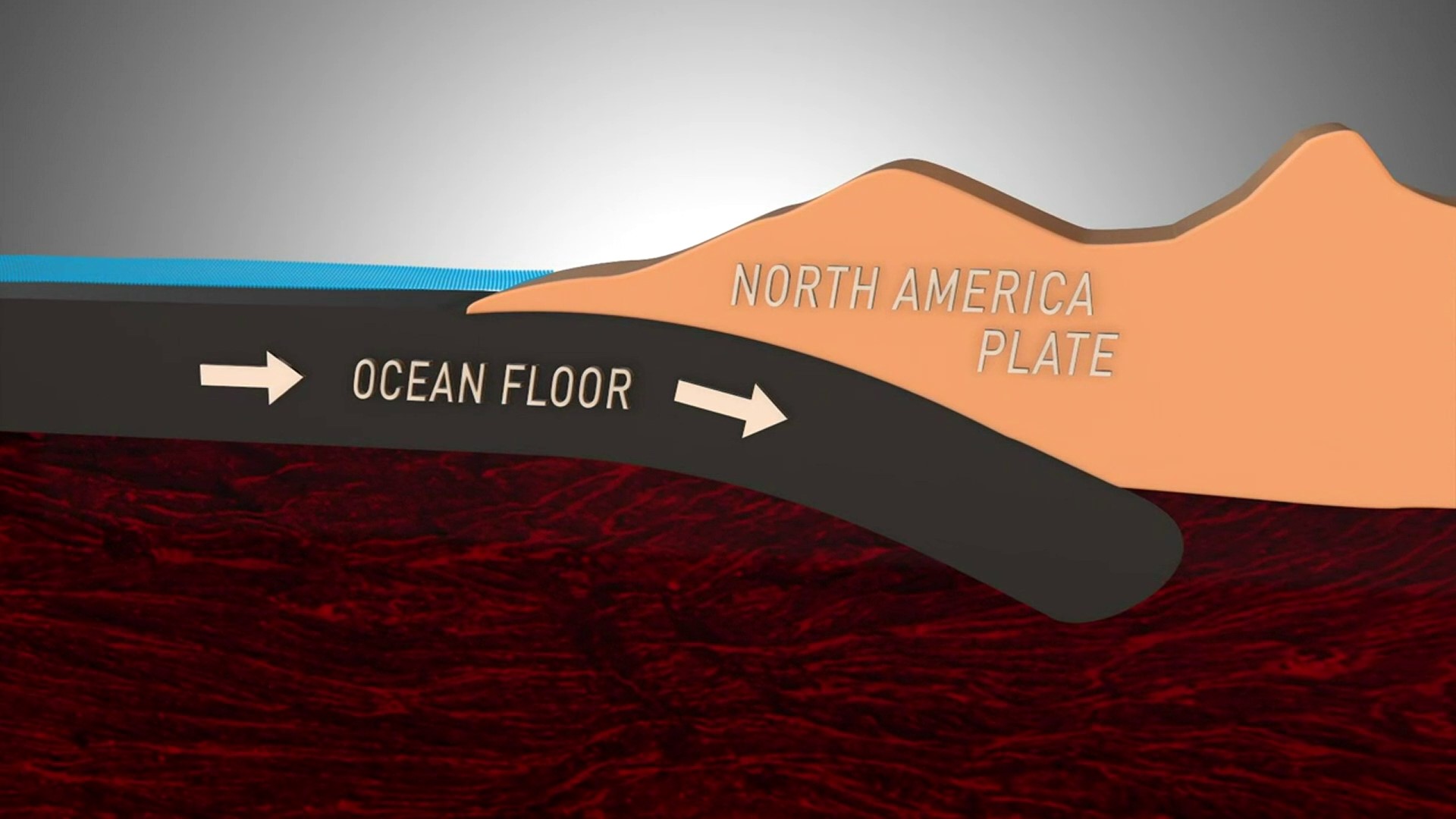Emergency responders used to say three days of supplies was what you needed in case of a major earthquake or other massive disaster. Now, it's two weeks.
The change was fairly recent. It came after the June 2016 Cascadia Rising drill which tested the Pacific Northwest's ability to not only survive but recover from a Cascadia Subduction Zone earthquake and resulting tsunami. The results found residents and state emergency response were not ready.
While three days may get you to more supplies or a safer location, it won't sustain you.
"Three days is good for your average, run of the mill flood event or road closed or big landslide," Emergency response expert Eric Holdeman said. "For a big regional disaster, and that would be an earthquake here, you need to be thinking about two weeks and not three days."
And in some cases, even longer.
“Prepare for at least two weeks on your own. That might not be enough for people on the coast; some local management is saying three weeks," Washington Emergency Management Division spokesperson Karina Shagren said.
Isn't the military going to come swooping in with pallets full of supplies dropped from a C-130? If the earthquake happens as you are reading this, it doesn't mean they're ready to launch to the rescue. Holdeman said that probably won't come for eight days. The most mobile-ready unit to provide that kind of mass response is the 82nd Airborne Division at Fort Bragg, N.C. Naval support could also come from San Diego, but not for eight days.
For those who think a disaster that big will kill them so they don't even bother preparing, Holdeman said only two percent of the population will be killed in the initial event.
Then their survival instinct kicks in -- and they realize how unprepared they are.
"I've been in enough disasters and seen all the smug people that were smug before the disaster looking pretty helpless and pretty embarrassed when their families aren't prepared. It's no joke," Jeffrey Guite, President of Seattle-based American Preparedness, said. His company builds, sells, and donates emergency supply kits for individuals, schools, businesses, and disaster relief groups.
Guite says it's like buying insurance. You may never have to use the disaster kit, but you build it anyway for peace of mind. Holdeman adds that it's a "come as you are event" -- you're either ready or you're not. There's no getting ready after the fact.
Here is the minimum of what you should have in your one-person, three-day kit. Add more for every person your kit needs to cover. Add even more than that if you're expanding to 14 days. And don't forget about infants (diapers and formula) and pets (food). Make it portable if you can, such as in a backpack, and keep it behind your seat in your car.
* Water (one gallon per day, if you can. If you can't, you can buy bottles or straw that filter water, or buy water purification tablets)
* Food (If canned, make sure to have a can opener). You can also get freeze-dried food or Meals Ready to Eat (MREs).
* Hand-cranked AM/FM radio. Better yet, a NOAA weather radio. You'll need this for information -- don't assume wireless networks that your phone uses will be functioning.
* Flashlight and extra batteries
* A Swiss Army Knife or something similar in case you need to do some cutting
* First aid kit (and get training on how to use it)
* Medications and eyewear
* Whistle to signal for help (your voice will give out after two hours of yelling)
* Lighter or waterproof matches
* Cash (ATMs and credit card machines may be down)
* Dust mask to help filter contaminated air (An N95 mask is suggested. Although more expensive than a typical face mask, it protects from 95 percent of particulates.)
* Moist towelettes, garbage bags, and plastic ties for personal sanitation
* Emergency sleeping bag -- they're $5 and can fold up tight enough to fit in your pocket. They aren't comfortable, but they'll help keep you warm.
* Tarp/plastic sheeting and duct tape to make a shelter or a non-contaminant room.
* Local map
* Deck of cards to keep your sanity
Join KING 5’s Disaster Preparedness Facebook group and learn how you and your community can get ready for when disaster strikes.



